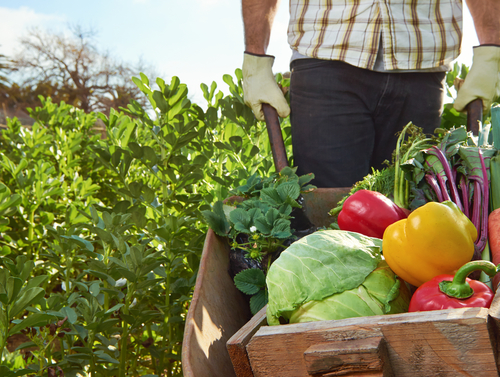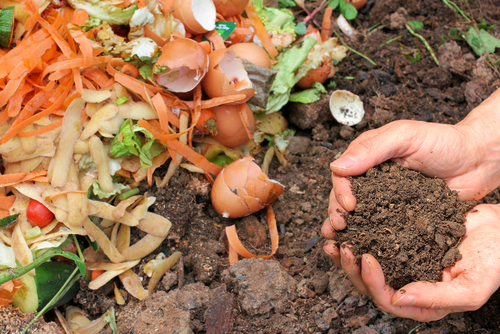Sustainable Agriculture Definition
We know that sustainability means to preserve or to hold onto something valuable for strategic, social, economic, and human importance.

In the context of sustainable agriculture, it means adopting methods or techniques for the preservation of natural resources like water, soil, air quality, and nutrients.
Sustainable Agriculture practices aim to sustain future generations' resources and reverse the damage caused by unsustainable methods and resolve food insecurity and poverty.
Sustainable Agriculture Practices
- Crop Rotation:
Planting different crop and plant species in a stretch of agriculture is beneficial because it ensures soil resistance to plant pathogens and diseases. The nutrient quality, quantity, and soil structure are not impacted.
- Cover Crops:
Cover crops or plants are planted because they keep soil erosion in check by holding the soil in place. They give the ground the time to replenish its nutrients, also protecting it from weed growth and pathogen attack. Popular cover crops in the US are clover and the hairy vetch.
- No-Tillage Farming:
Tilling or Tillage of soil is done to prepare farms for the planting season and prevent weeds' growth. But it does more damage to the soil, like erosion, washing away of soil, and loss of nutrients. No-Tillage methods involve the planting of crops without disturbing the soil.
- Contour Farming:
Contour farming involves the carriage of farming activities like plowing, cultivating, harvesting and cultivating, across the slope of a hill, instead of the regular up and down method. Contour farming ensures soil quality preservation because water has more time to soak in the soil; similarly, water conservation is observed.
- Livestock integrating with crop farming:
Livestock farming and crop farming are understood to complement each other. Why? Because it enhances the productivity of the farm. The livestock movement helps hold the soil in place, eliminating pesky weed naturally, without the need for herbicides and a rich supplement of manure.
Some other new and old methods adopted for sustainable agriculture.

- Research of drought-resistant crops, reduction in soil evaporation, monitoring plant transpiration for water conservation.
- Use of soil compost and microbial inoculates such as phosphate-solubilizing microbes that naturally solubilize the phosphorous present in the soil.
- Growing 'good fungi' like mycorrhizae in the soil along with crops. Good fungi act like as a symbiote and aid the healthy crop with the absorption of essential nutrients.
- Soil steaming is a technique that involves sterilization of soil employing hot steaming machines and equipment. This kills the existing pests, viruses, weeds, and pathogens.
- Traditional agricultural practices like slash-and-burn have been around for centuries. This method maintains the productivity of agricultural lands.
Conclusion
Sustainable Agriculture practices are a wide variety, and they need to be integrated and adopted rapidly. Using such an approach will ensure the preservation of natural resources and the ecosystem necessary for a thriving life.